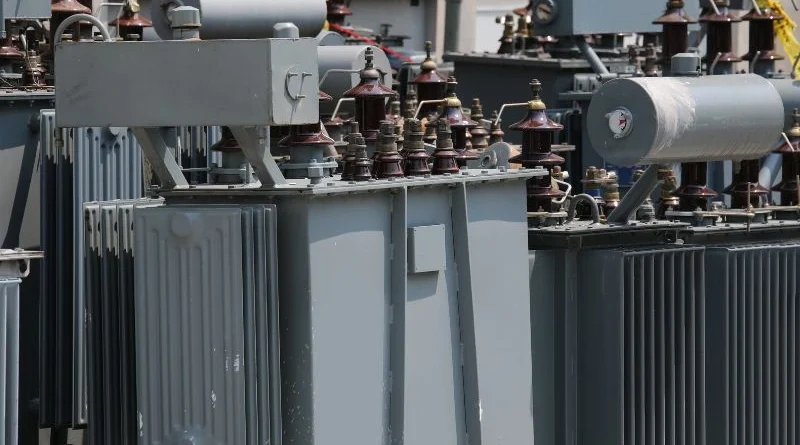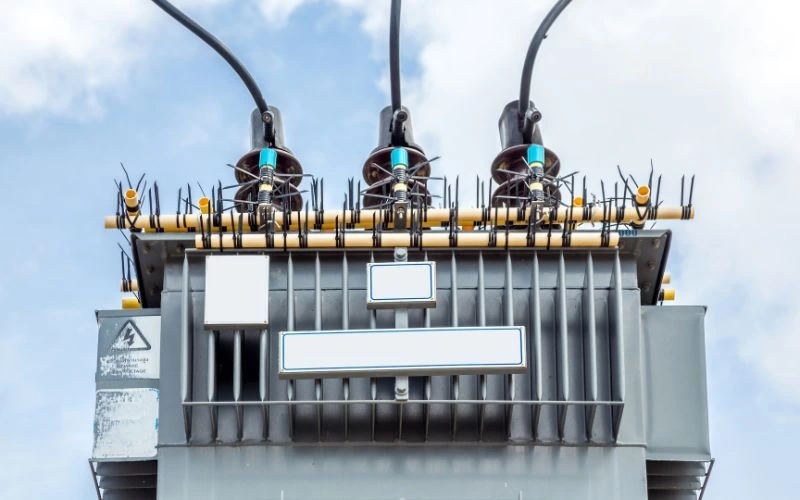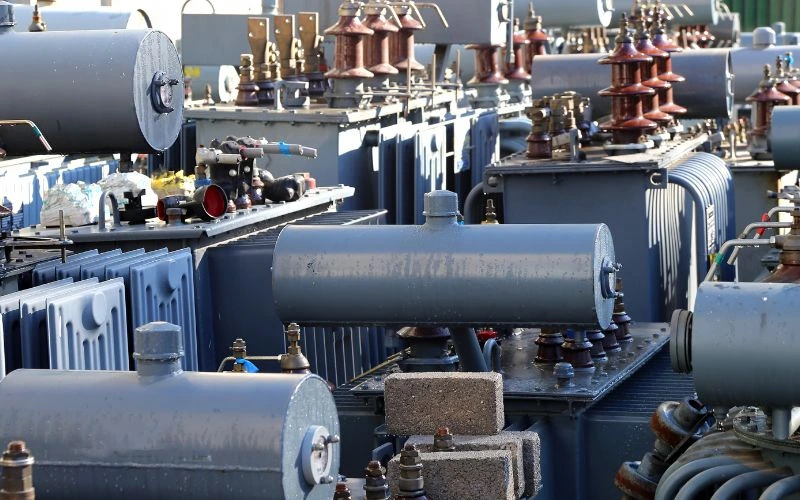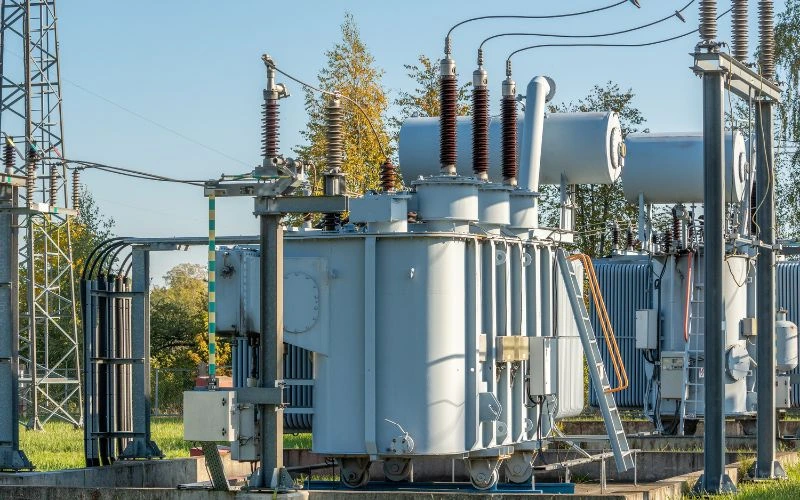
Autotransformers play a crucial role in electrical engineering and power distribution. These versatile devices are essential for a variety of applications, from voltage regulation in electrical networks to voltage conversion in industrial machines. If you've ever asked yourself, “What is an autotransformer or would like to deepen your knowledge of these fascinating devices, you've come to the right place.
In this comprehensive guide, we reveal the secrets of autotransformers, examine their operating principles, applications, advantages and disadvantages, and answer frequently asked questions to provide a comprehensive understanding.
What is an autotransformer?

An autotransformer, short for “autotransformer,” is an electrical transformer with a single winding rather than the two separate windings found in traditional transformers. This single winding has at least three common terminals and two additional terminals. Autotransformers are designed for voltage conversion, voltage regulation or phase shifting.
The basic components
Before we delve into how autotransformers work, let's look at their basic components:
- Single winding: As mentioned previously, autotransformers have a single winding, which differentiates them from traditional transformers. This winding is made of insulated copper or aluminum wire and is wound on a laminated core to minimize eddy current losses.
- Taps: Autotransformers have multiple taps or connection points along their winding. These taps allow for adjustable output voltage, making them versatile for a variety of applications.
- Common Terminal: The common terminal connects one end of the winding. It serves as a reference point for input and output voltage.
Now that we have an overview of the components, let's see how autotransformers work and what applications they offer.
Working principle of autotransformers
Autotransformers work in a similar way to conventional transformers based on the principle of electromagnetic induction. The main difference is in the way they transform voltage.
- Stepped up operation: When input voltage is applied to the two terminals of the winding, part of the winding acts as primary coil and the remaining part acts as secondary coil. You can obtain different output voltages by connecting the load to different outlets along the winding. When the load is connected to a tap with fewer turns in the winding, the voltage increases, which is useful for voltage regulation.
- Step-down operation: On the other hand, connecting the load to a tap with more turns in the winding results in a voltage reduction. This capability of step-down transformer makes autotransformers suitable for applications where voltage reduction is required.
- Voltage regulation: Autotransformers can regulate voltage within a certain range by adjusting tap connections. This feature is particularly useful in scenarios where voltage fluctuations are common.
Autotransformer Applications

Autotransformers are used in numerous applications across different industries. Here are some notable examples:
Electrical networks
Autotransformers are important components in substations. They are crucial for increasing or decreasing voltage to enable efficient transmission and distribution of power. By adjusting autotransformer taps, grid operators can regulate voltage and maintain system stability.
Industrial machines
In industrial settings, autotransformers are used to adjust voltage levels to meet the requirements of heavy machinery and equipment. They ensure machines operate at the desired voltage, improving performance and efficiency.
Start the engine
Autotransformers are often used in starter motors where high starting torque is required. They provide a temporary voltage increase during starting and then reduce the voltage when the engine reaches maximum speed.
Voltage stabilization
Autotransformers stabilize the voltage in sensitive electronic devices and thus prevent damage caused by voltage fluctuations. They are commonly found in data centers, medical facilities, and laboratories.
Advantages and Disadvantages of Autotransformers
Like any technology, autotransformers also have their advantages and disadvantages.
Benefits
- Efficiency: Autotransformers are generally more efficient than their two-winding counterparts because they have fewer losses due to a single winding.
- Compact size: Autotransformers are more compact and lighter than traditional transformers, making them suitable for applications with limited space.
- Cost efficiency: They are generally cheaper to manufacture than isolation transformers and are therefore an attractive choice for many applications.
Disadvantages
- Reduced insulation: Autotransformers do not provide the same level of electrical isolation as two-winding transformers, which can be a problem in certain applications.
- Limited voltage conversion range: Compared to isolating transformers, autotransformers have a limited range of voltage transformations.
- Safety Concerns: Due to reduced isolation, autotransformers may pose a safety risk in certain scenarios that require additional precautions.
Sizing and selection of autotransformers

To use autotransformers effectively, proper sizing and selection are crucial. Here are some important considerations:
Load characteristics
The type of load you want to connect to the autotransformer plays an important role in the selection. Different loads, e.g. B. ohmic, inductive or capacitive, may have different voltage requirements and load characteristics. Make sure the autotransformer you choose can handle the specific type of load and associated voltage fluctuations.
Voltage Requirements
Determine the voltage transformation ratio required for your application. Autotransformers are available in different voltage classes. Therefore, you need to choose one that offers the necessary transformation to meet your voltage needs. Consider primary (input) and secondary (output) voltage requirements.
Current reviews
Autotransformers are designed for the maximum current they can safely handle. Exceeding the rated current may cause overheating and damage. To handle load safely, it is important to calculate the expected load current and select an autotransformer with an appropriate current rating.
Efficiency and losses
Consider the efficiency of the autotransformer. Efficiency may vary depending on the design and quality of the transformer. Highly efficient models reduce energy losses, which is crucial for applications where energy conservation is a priority.
Space and size limitations
Autotransformers are known for their compact size, but it is important to ensure that the transformer you choose will fit in the space available. In some cases, custom autotransformers may be required to meet specific size requirements.
Safety standards and regulations
When selecting and installing autotransformers, pay attention to safety standards and electrical regulations. These standards provide guidelines for installation, grounding, and protection against electrical hazards. Compliance ensures safe operation of the autotransformer.
Conclusion
In summary, autotransformers are versatile and valuable components in electrical engineering. Their ability to convert, regulate and stabilize voltage levels makes them indispensable in diverse applications, from power distribution in electrical networks to increasing the performance of industrial machines. Understanding their operating principles, advantages and disadvantages is important for anyone who works with electrical systems or thinks about using autotransformers in their projects.
Common questions
1. Can an autotransformer convert AC voltage to DC voltage?
No, autotransformers are designed to convert and regulate alternating voltage. Typically, rectifier circuits or special power supplies are used to convert AC voltage to DC voltage.
2. Are autotransformers more efficient than isolating transformers?
Autotransformers are generally more efficient due to their single winding design, thus causing fewer losses. However, their suitability depends on the specific application and requirements.
3. Is it safe to use autotransformers in residential areas?
Autotransformers can be used in residential buildings, but safety precautions must be taken, especially at higher voltage levels. Compliance with electrical codes and guidelines is essential and a qualified electrician should be consulted for proper installation and use.

